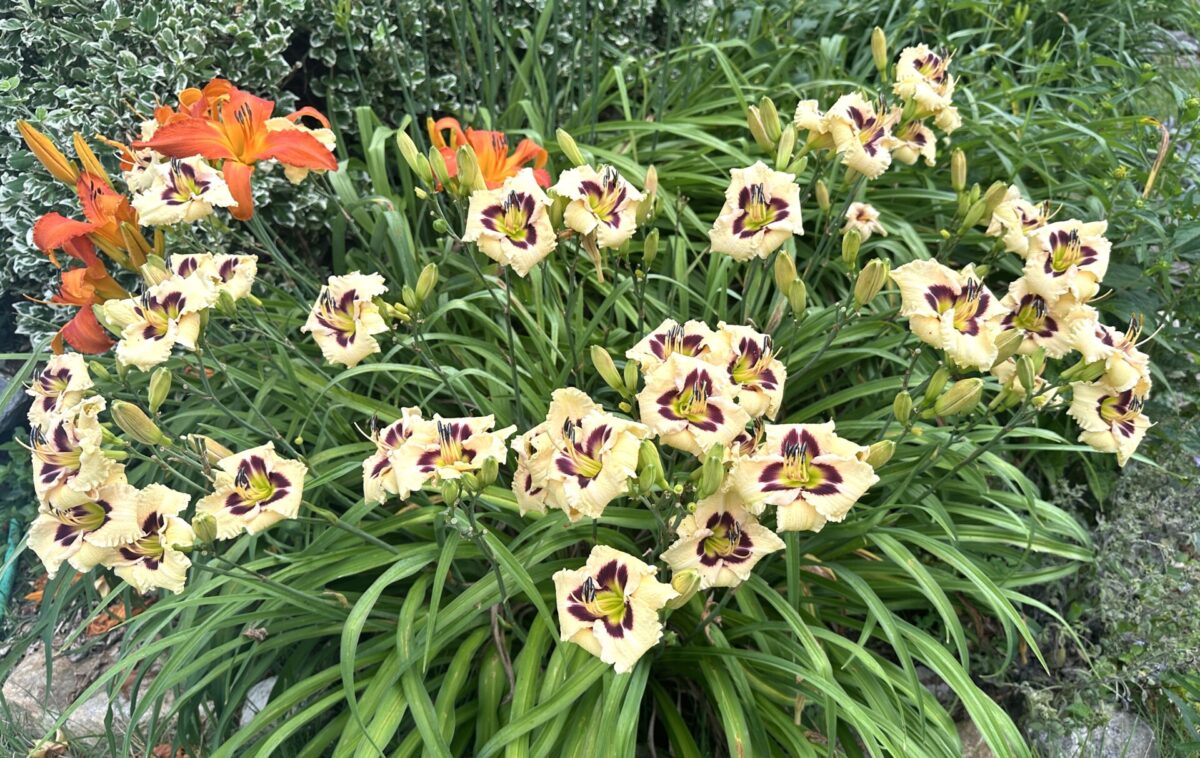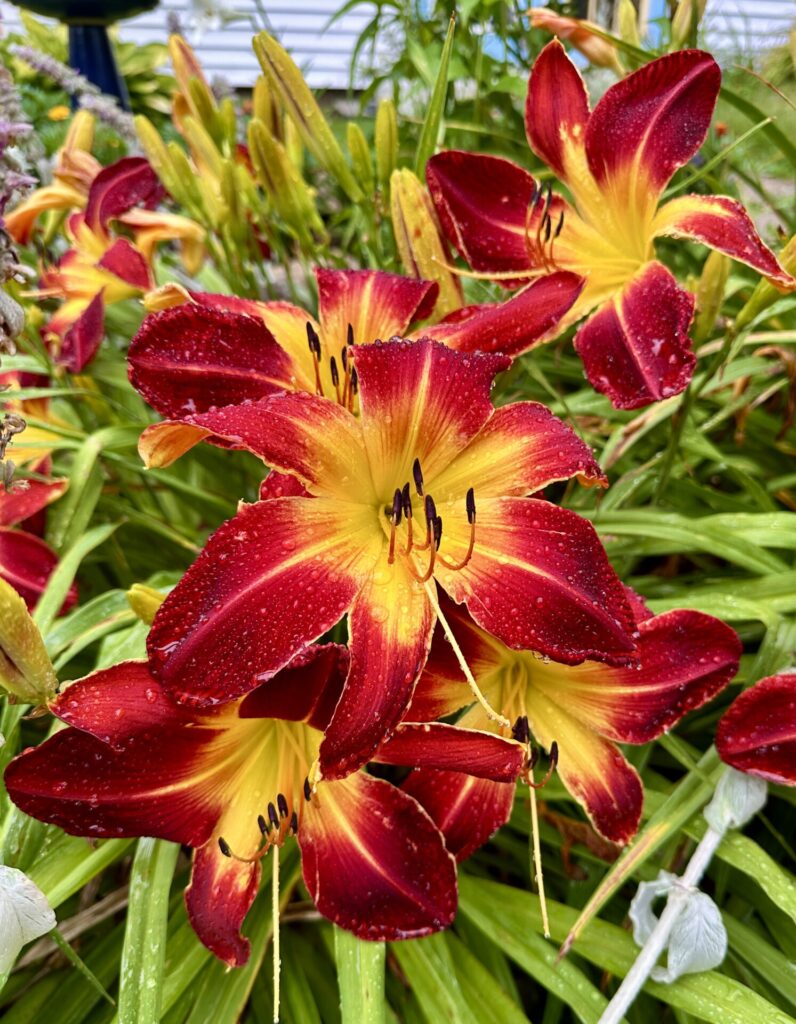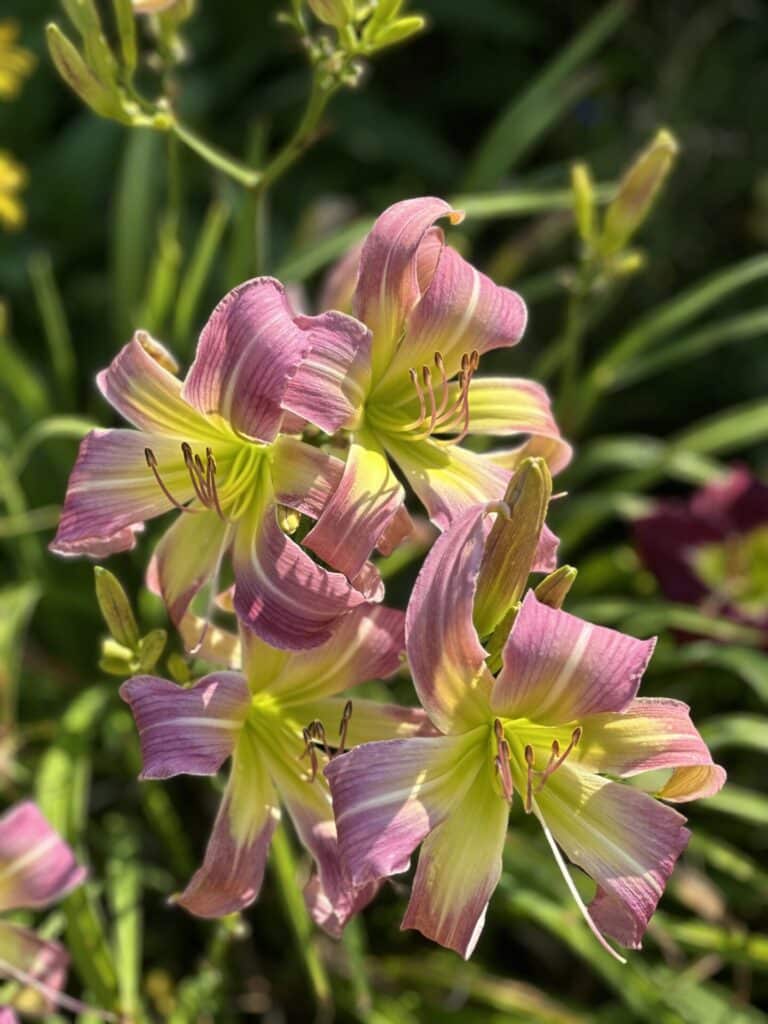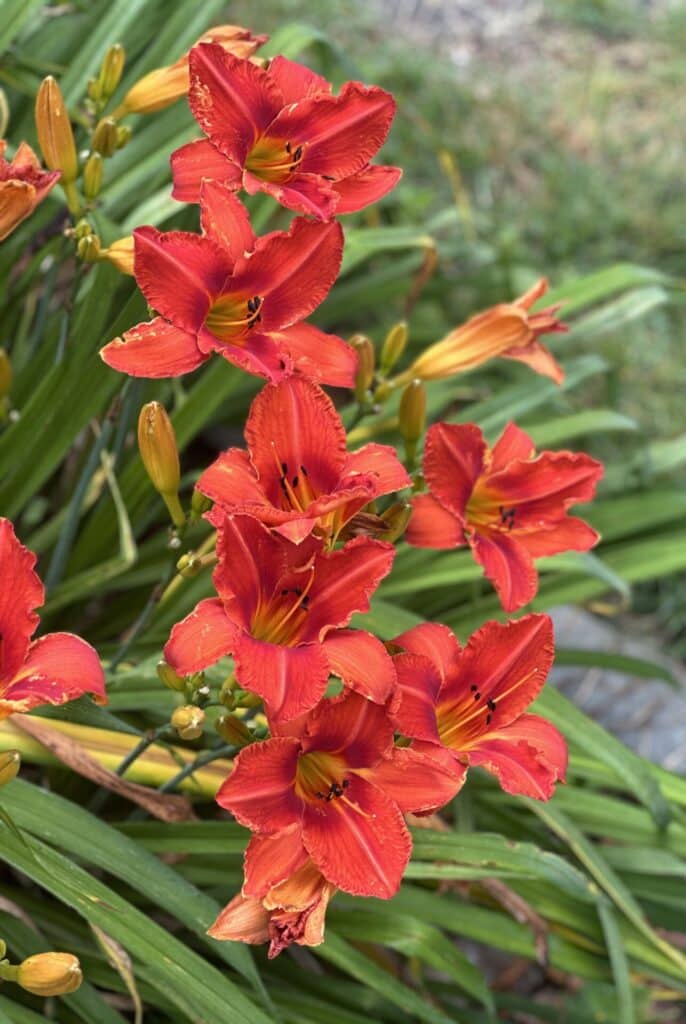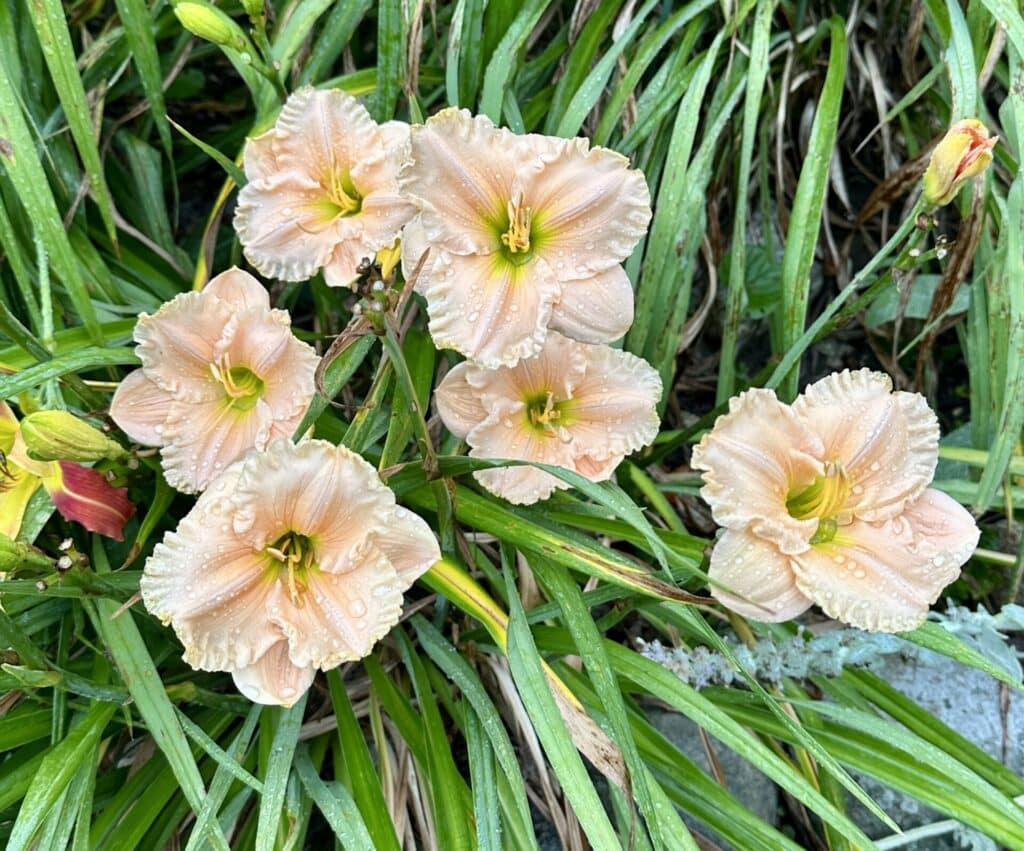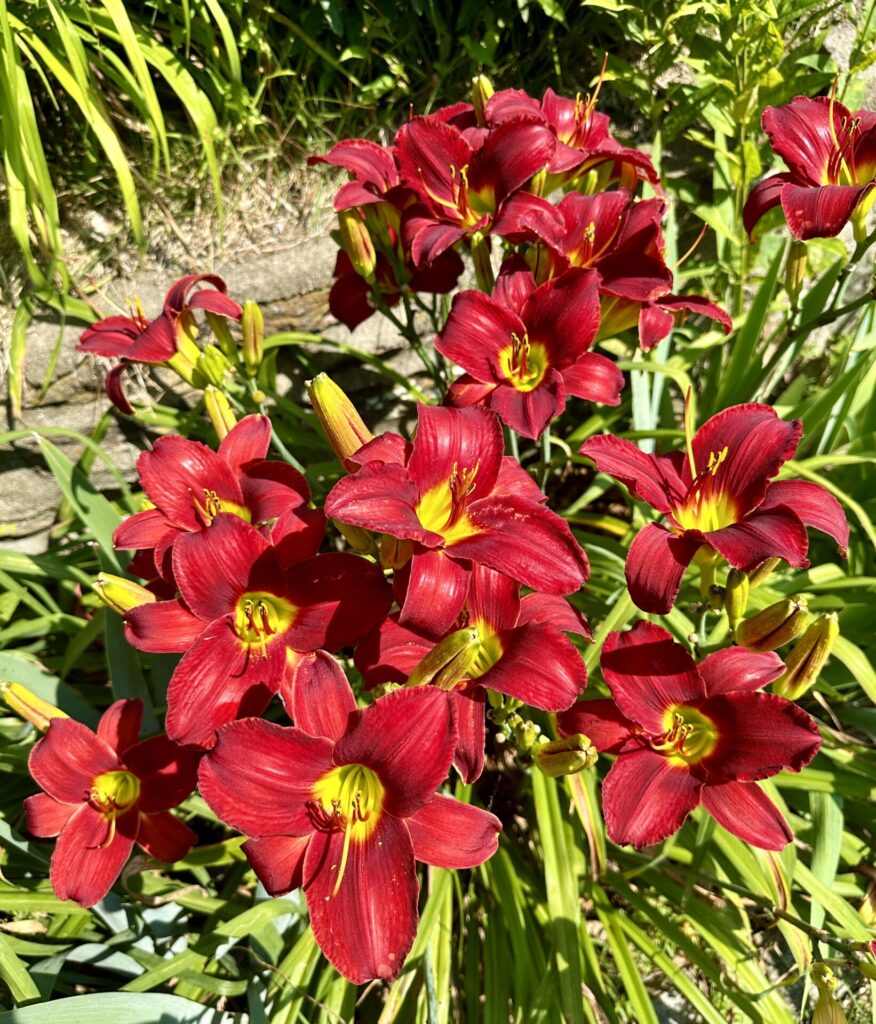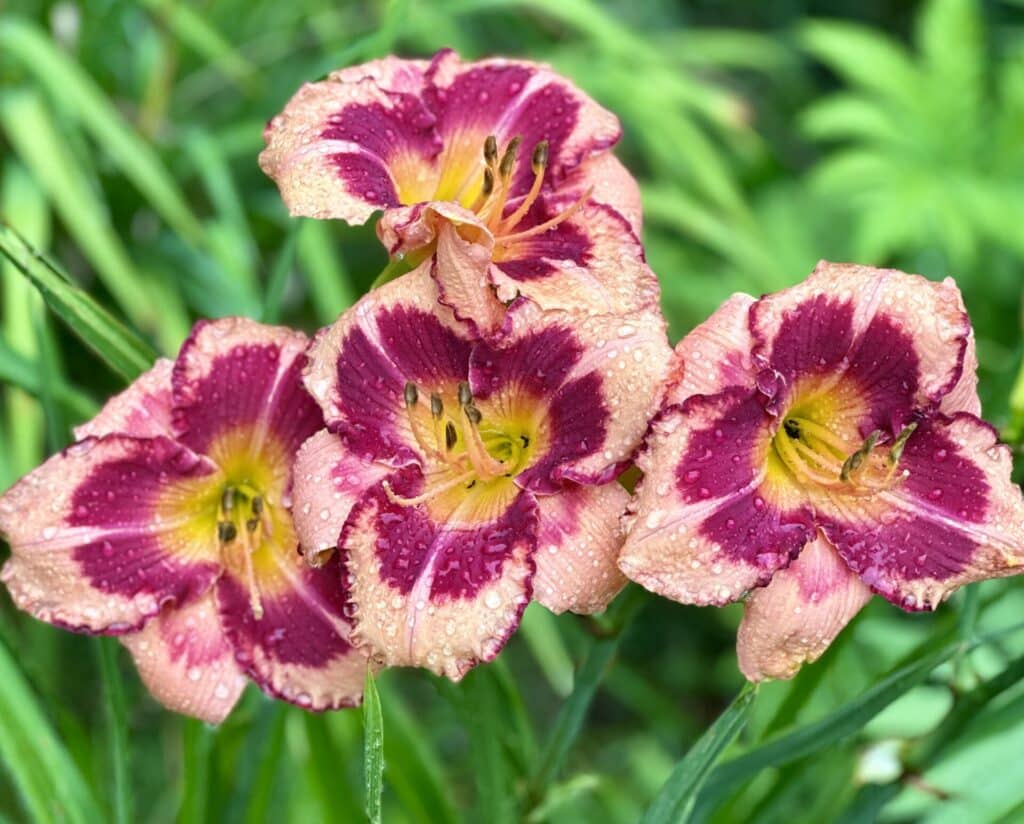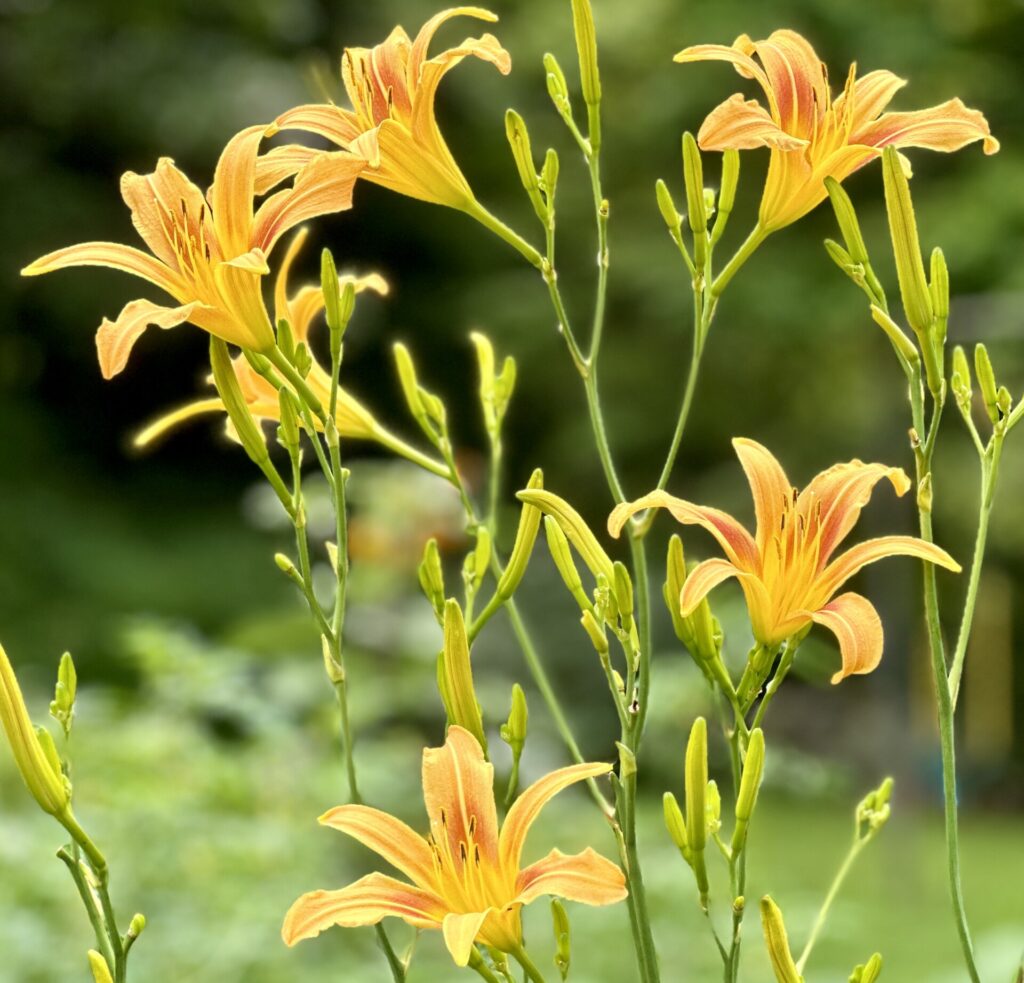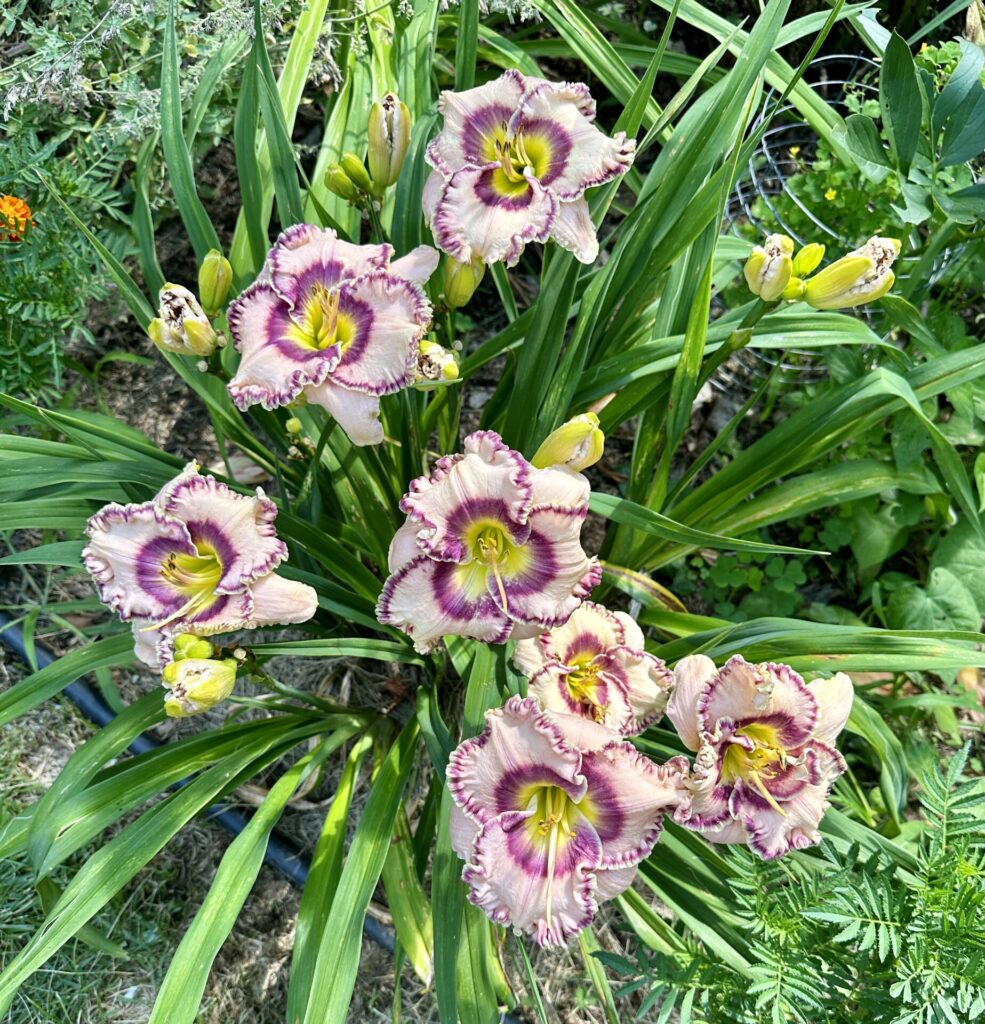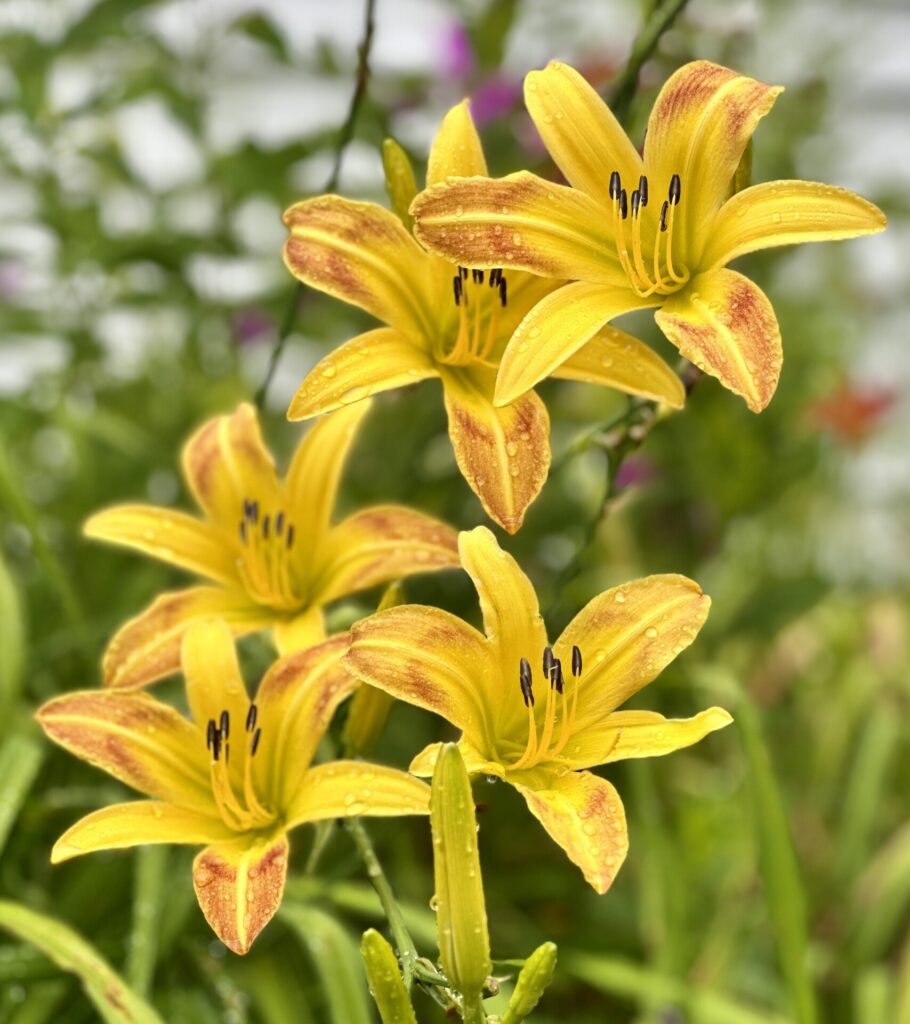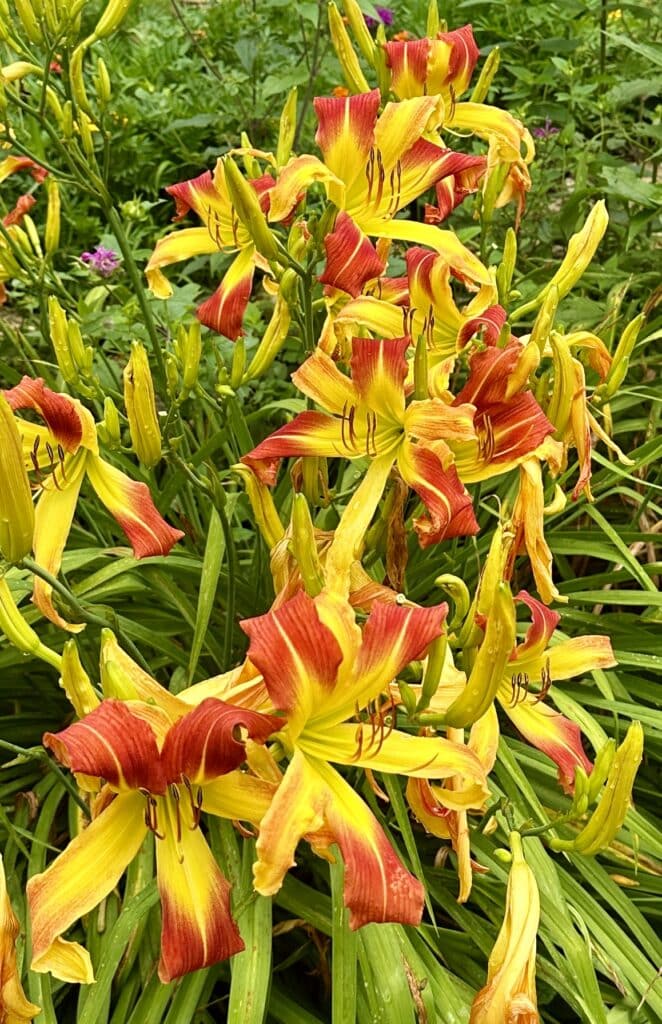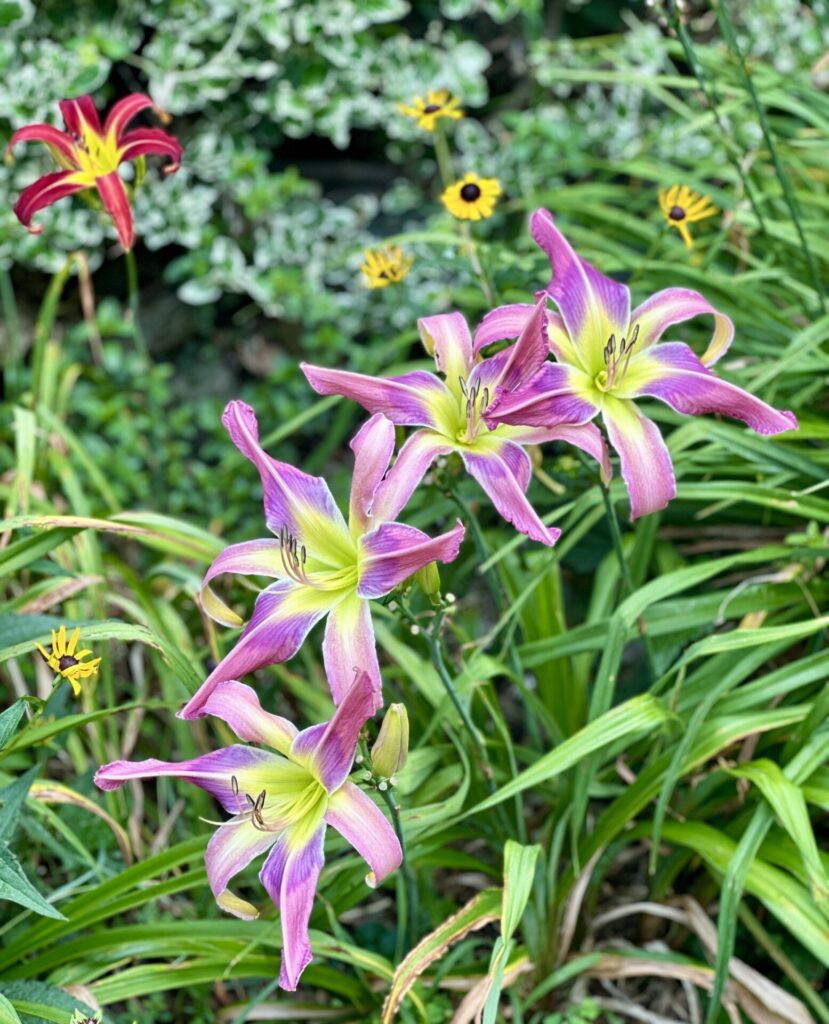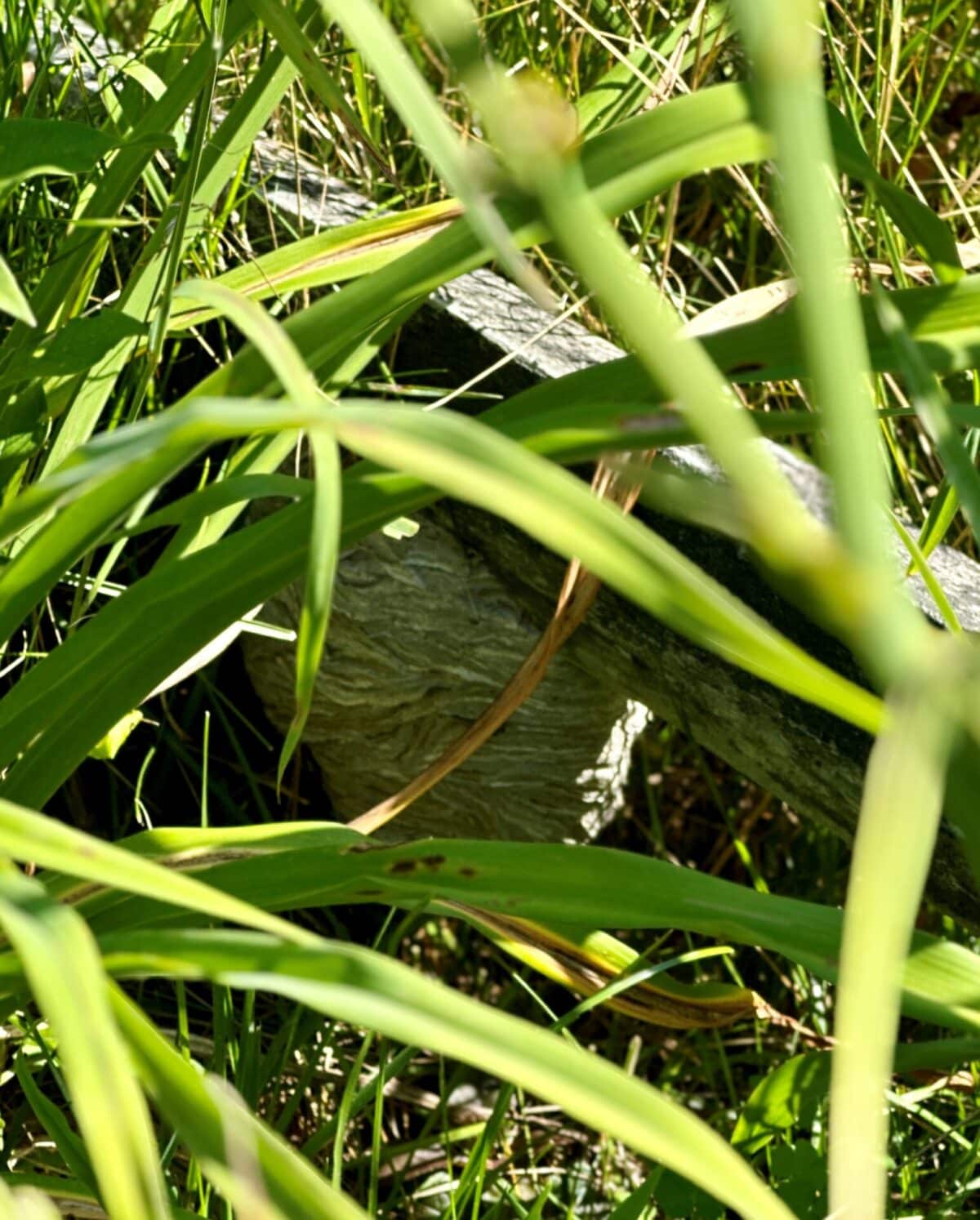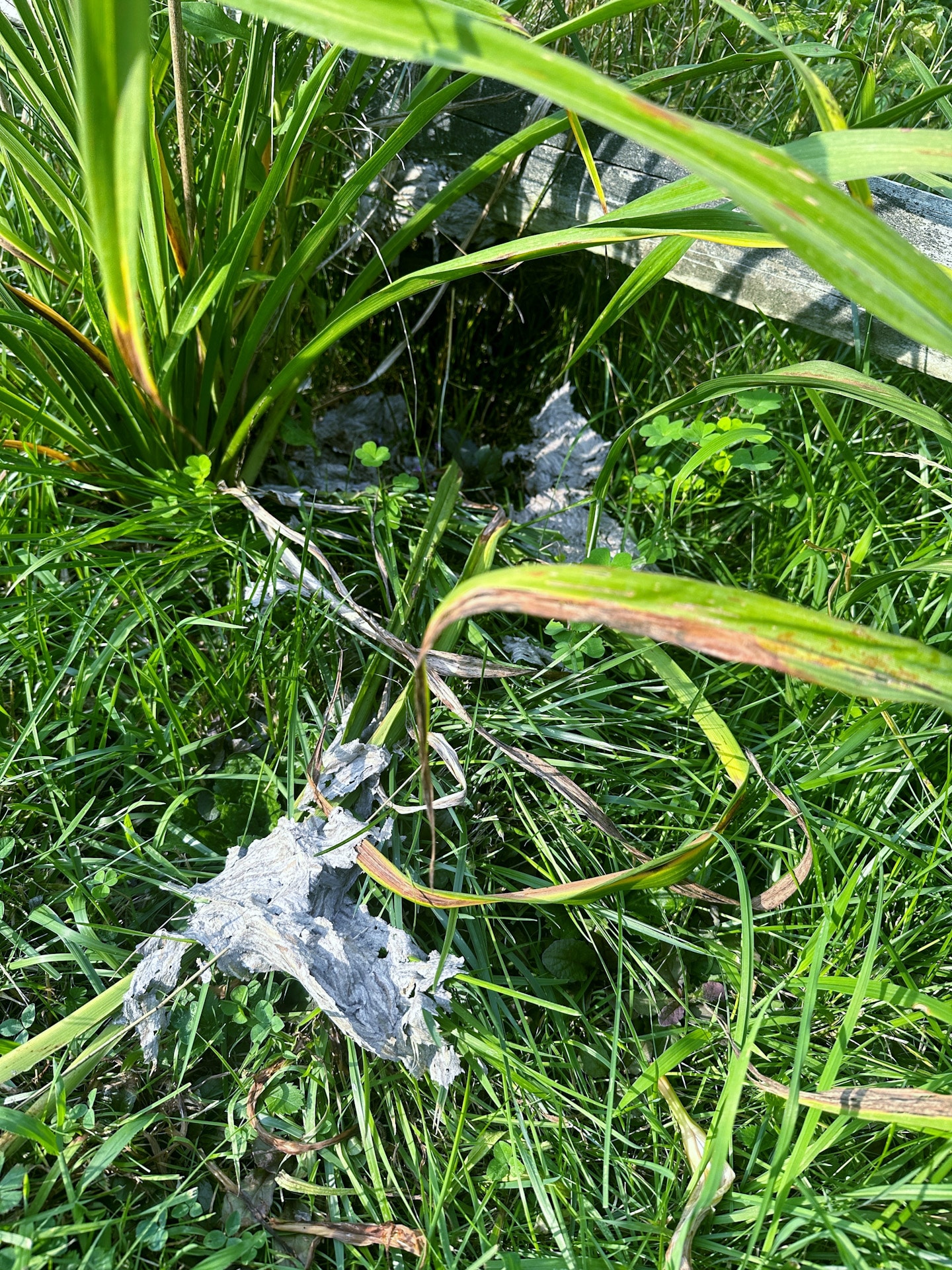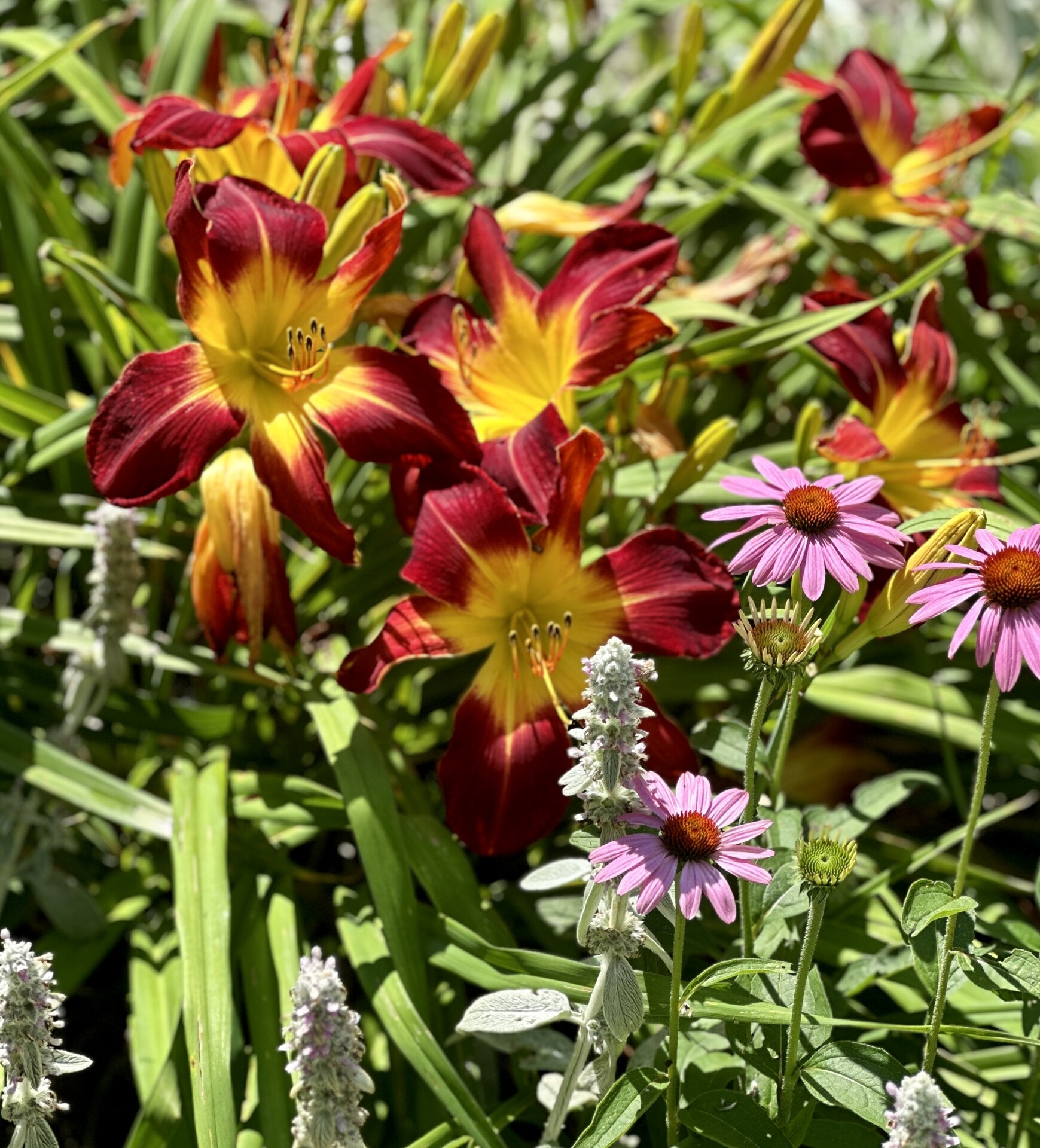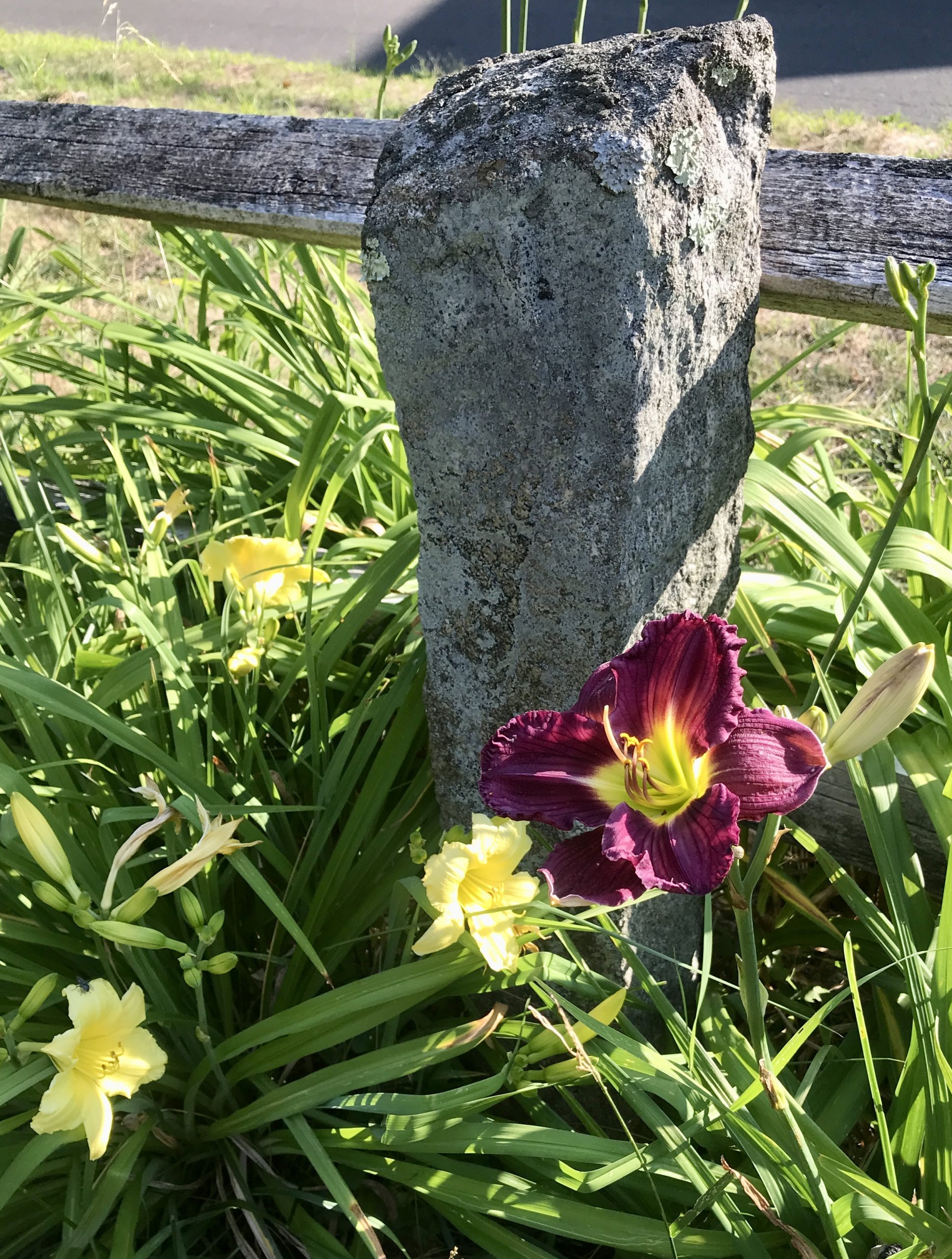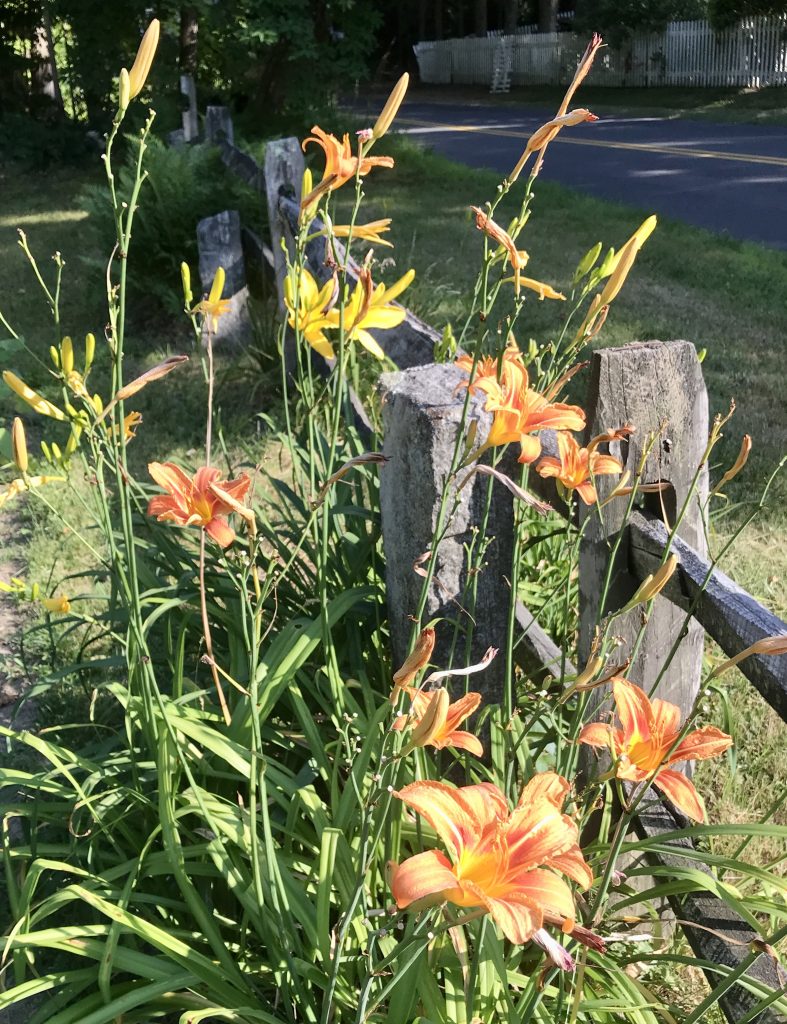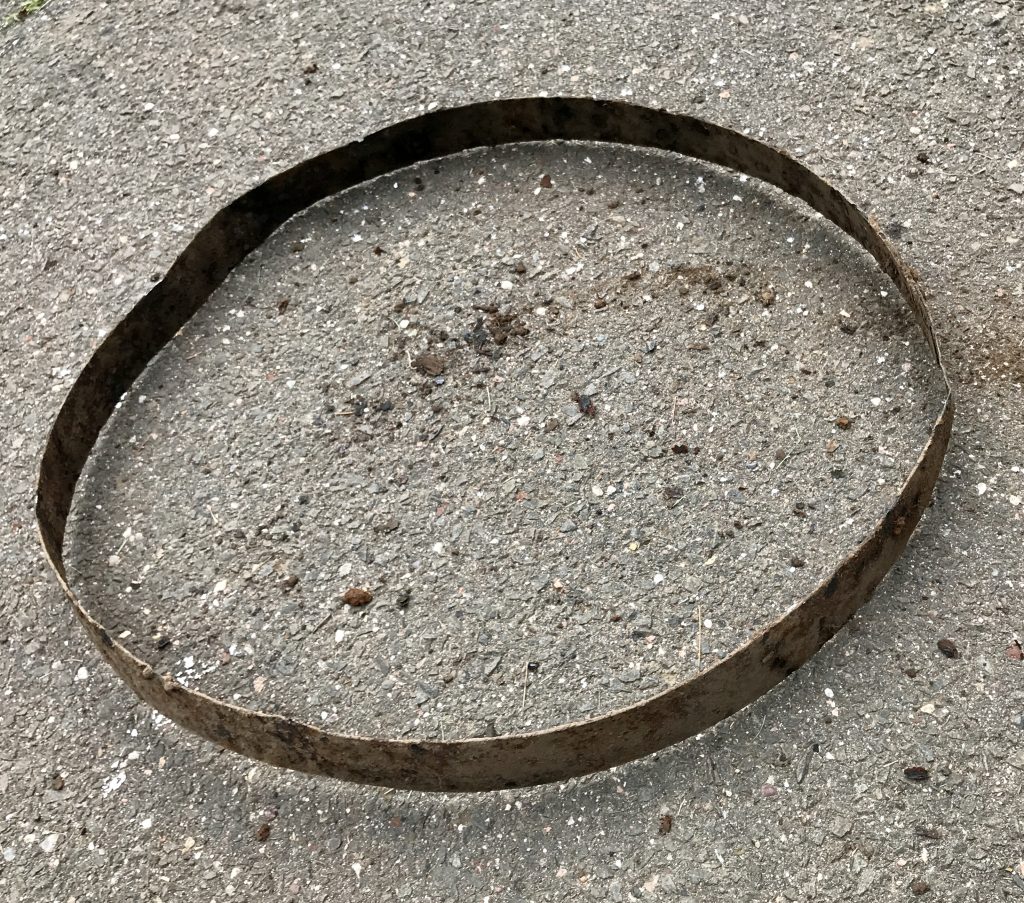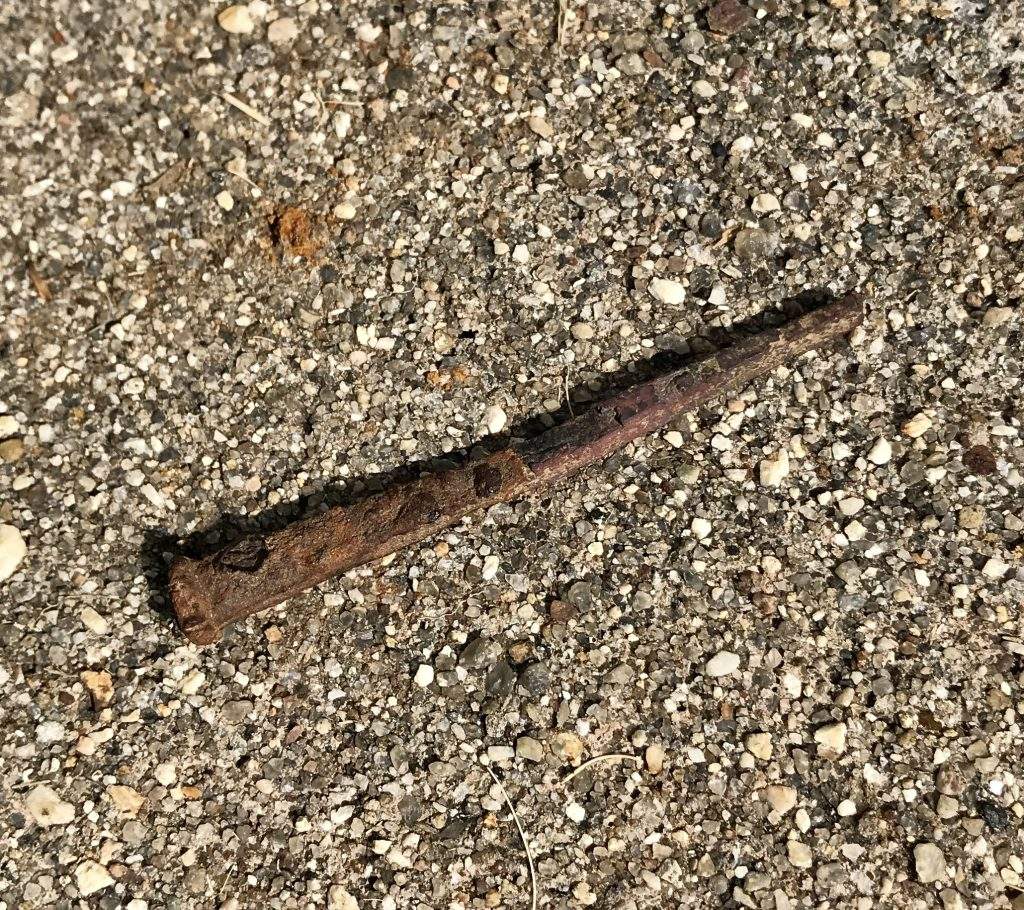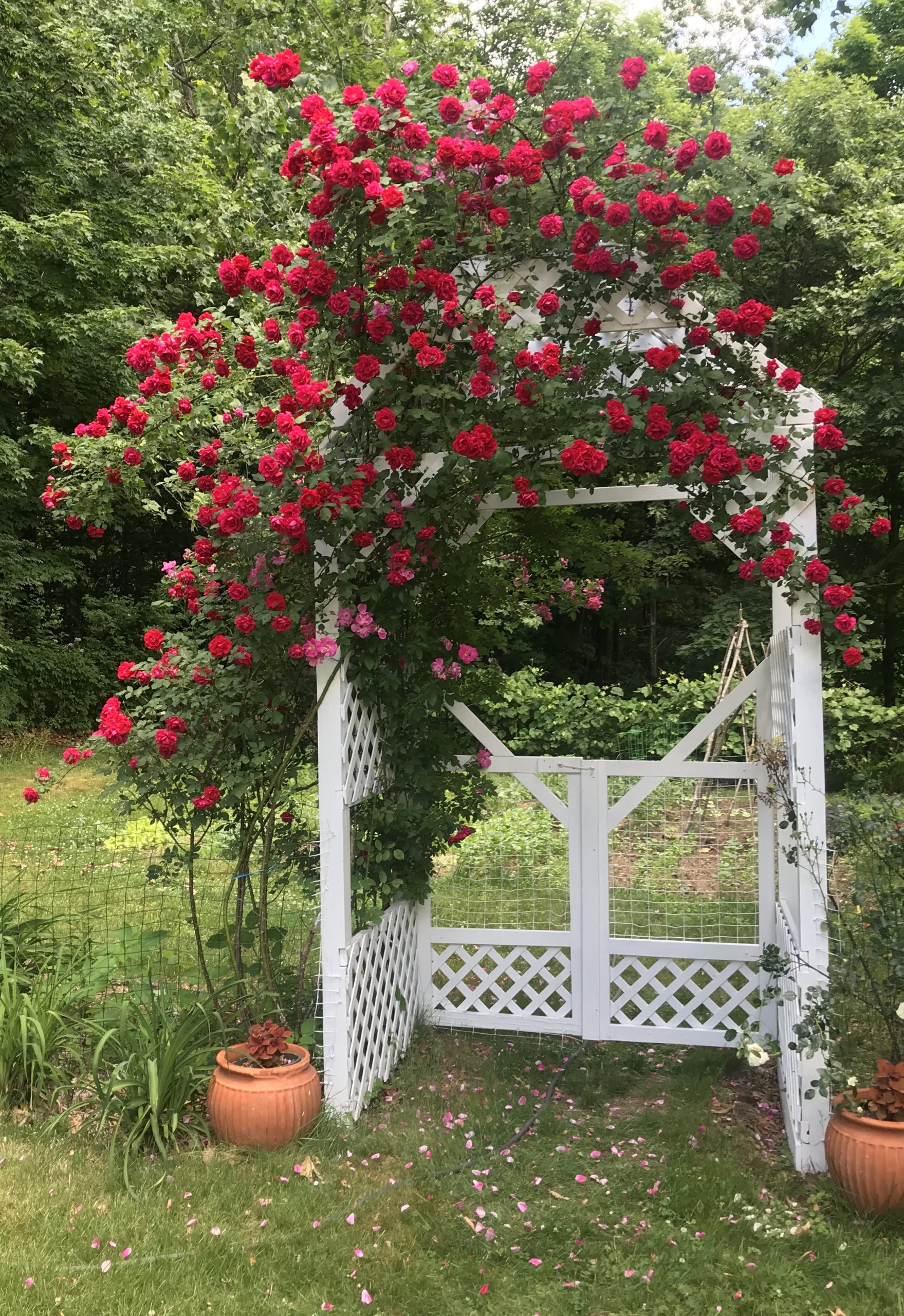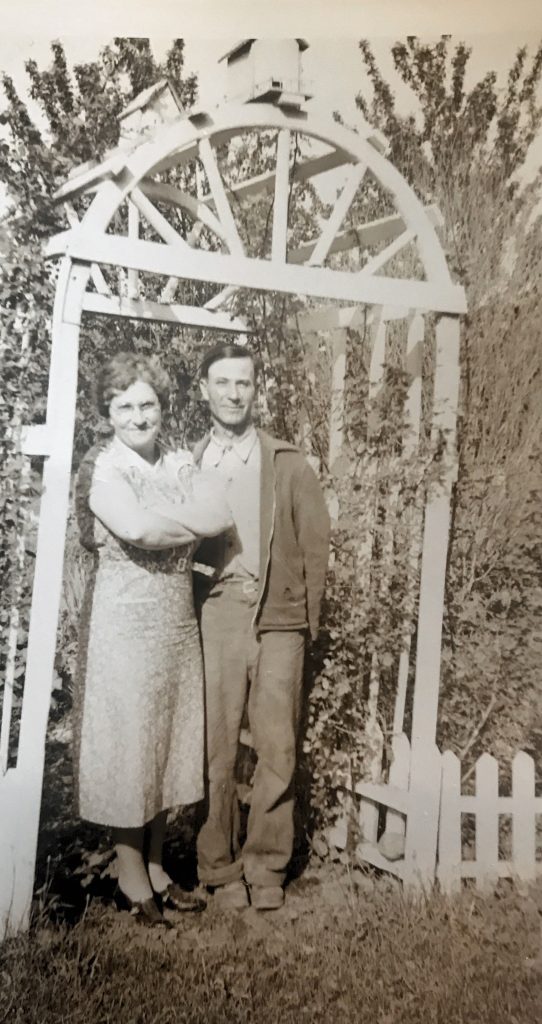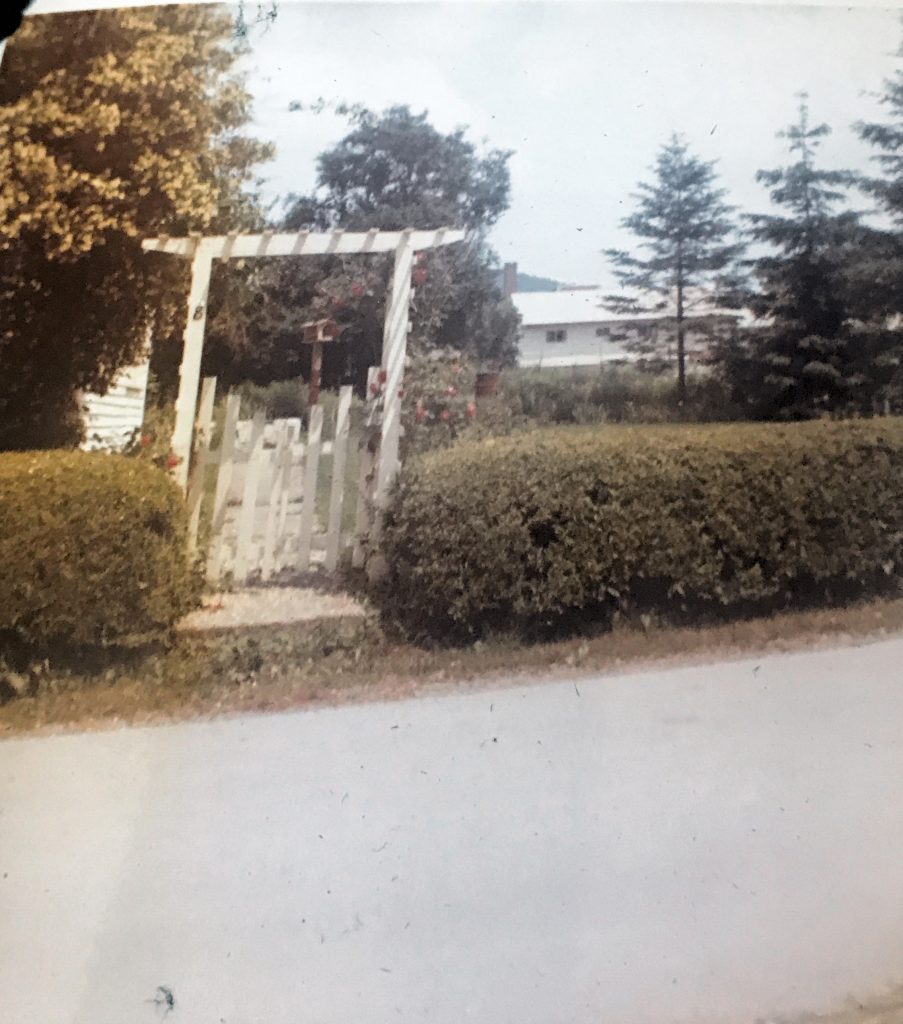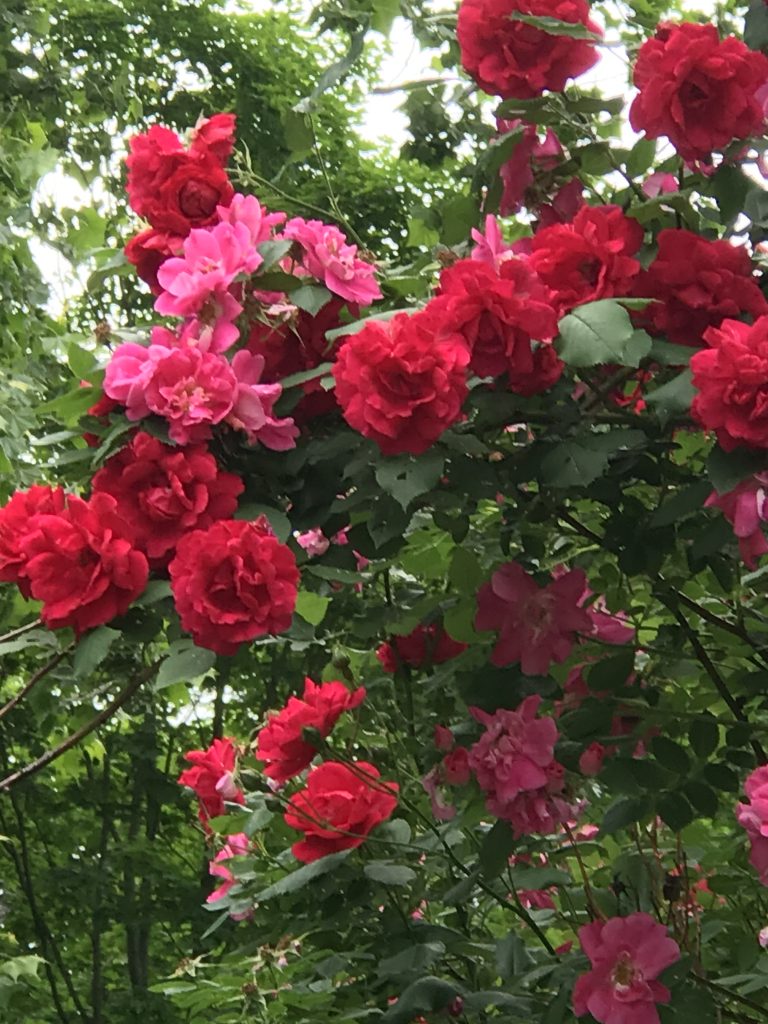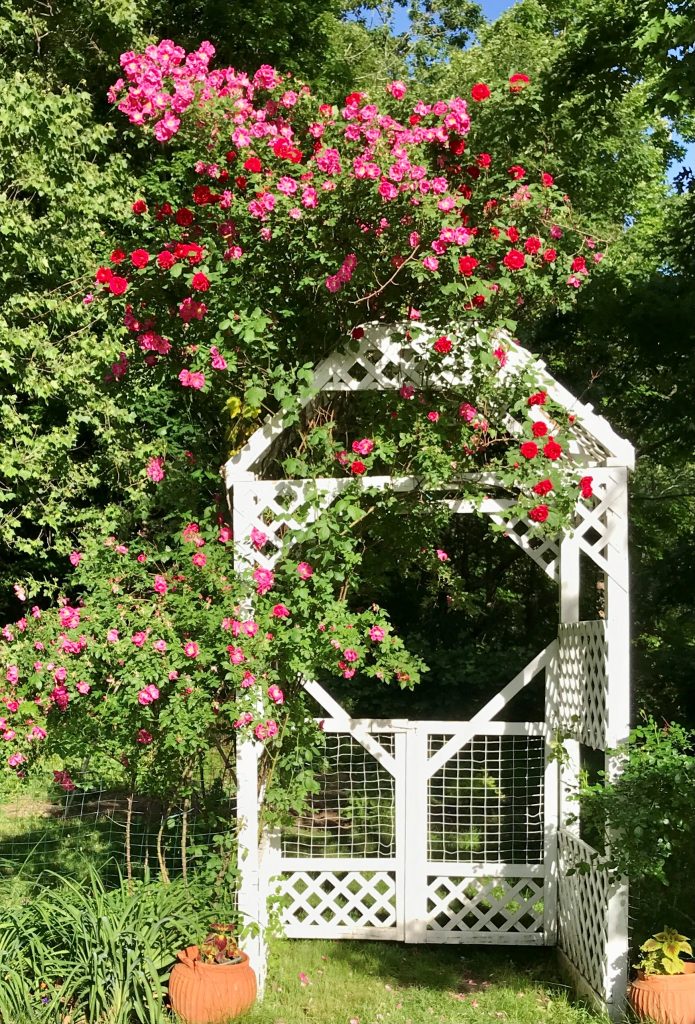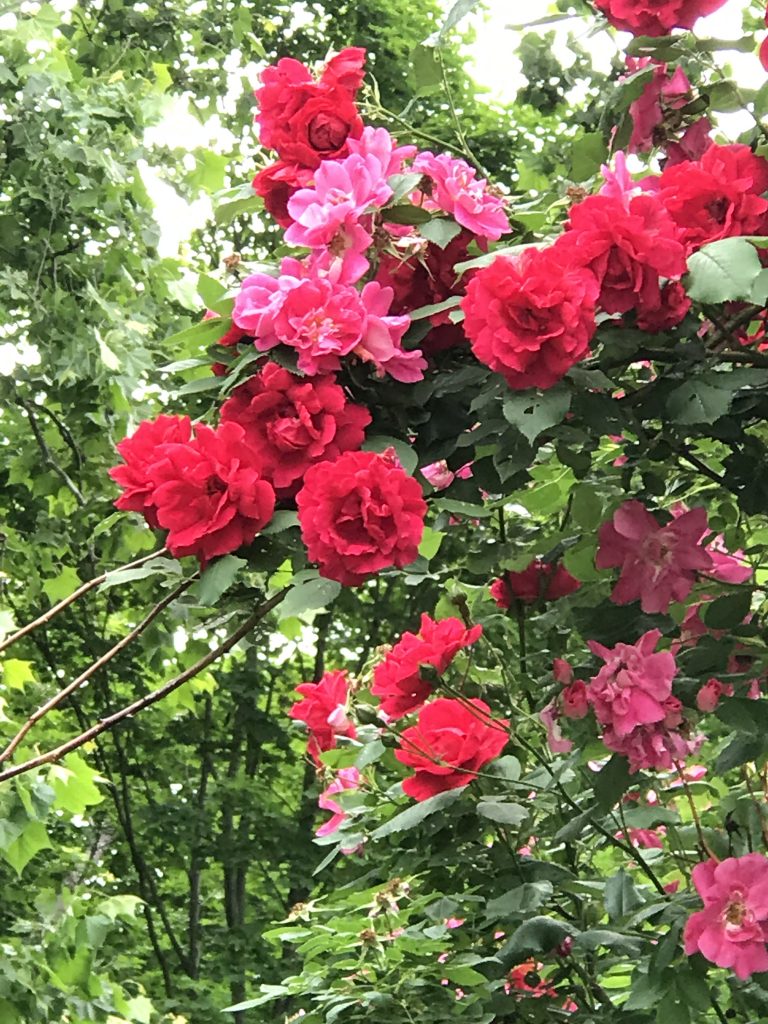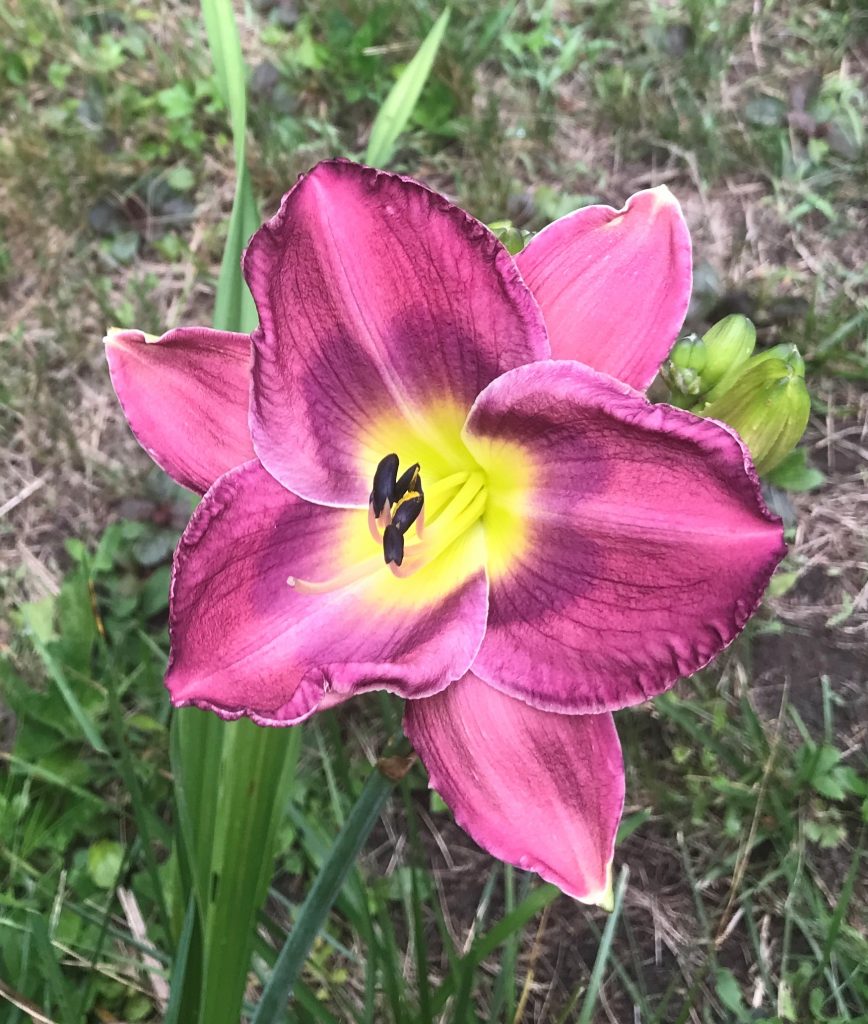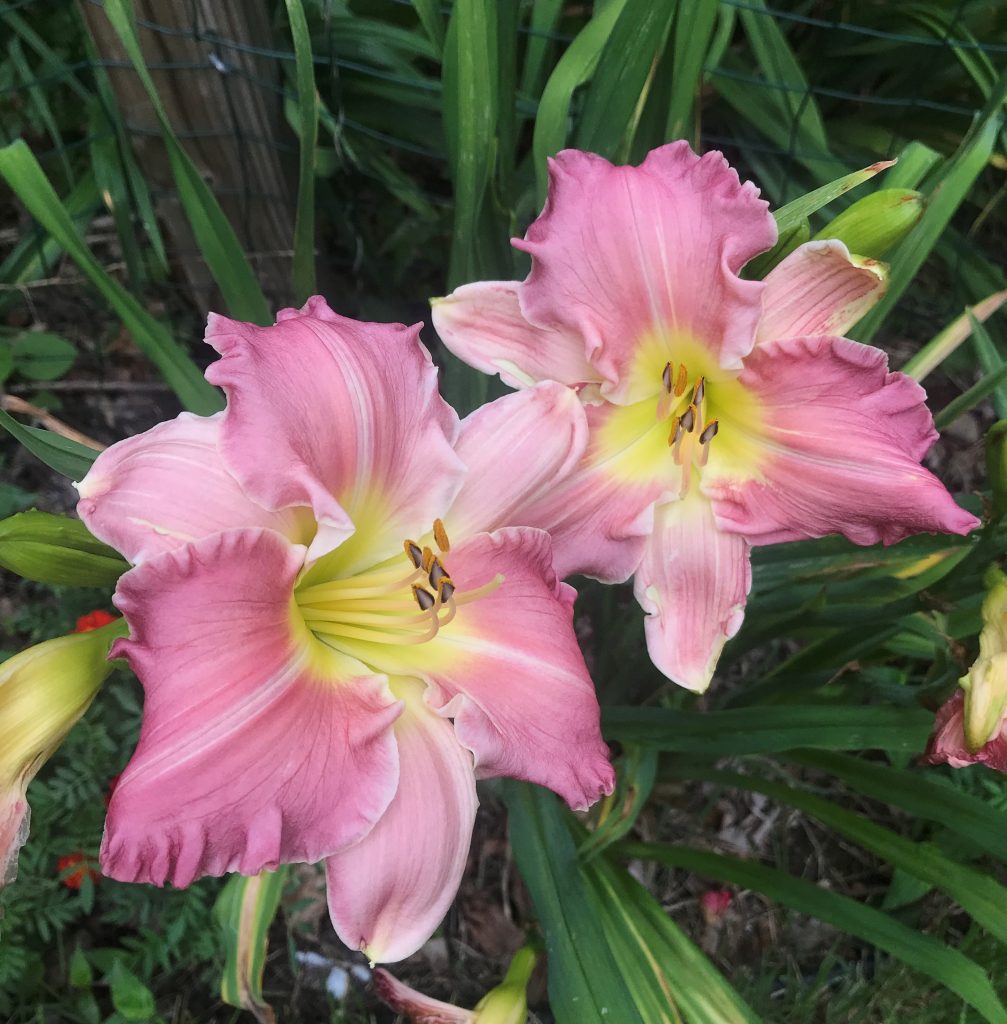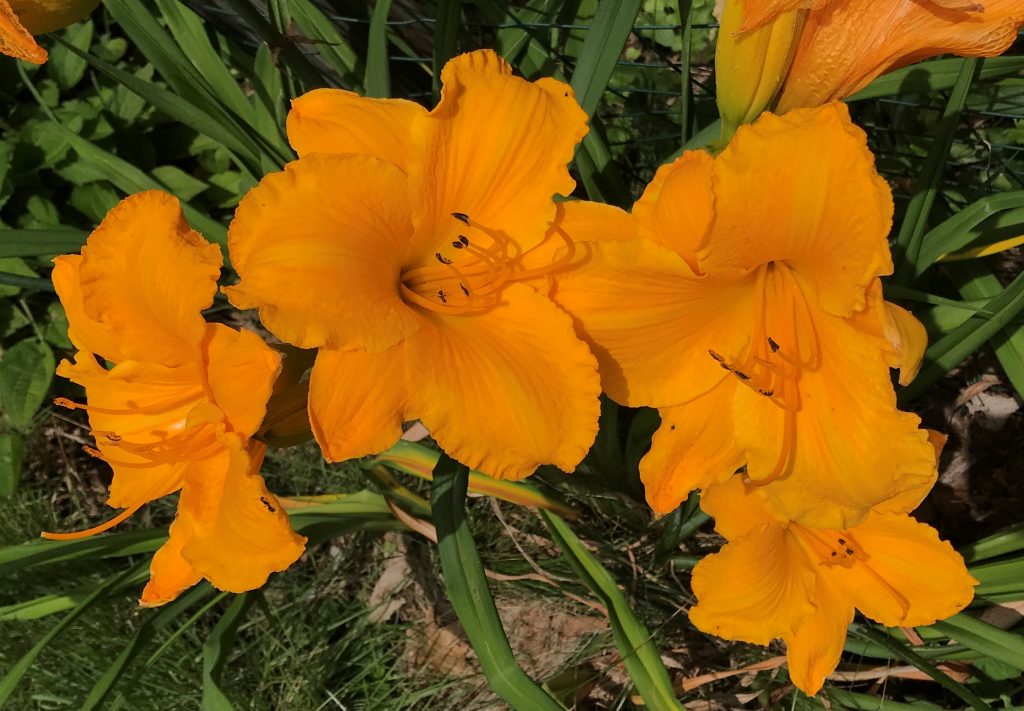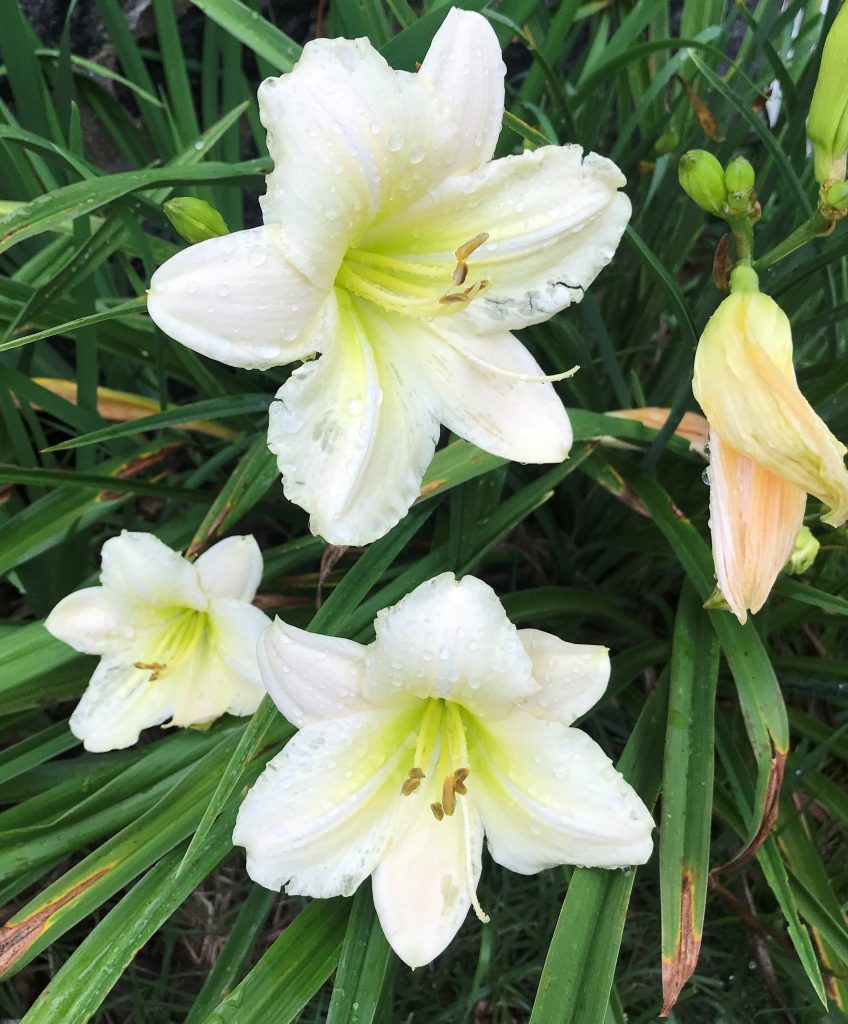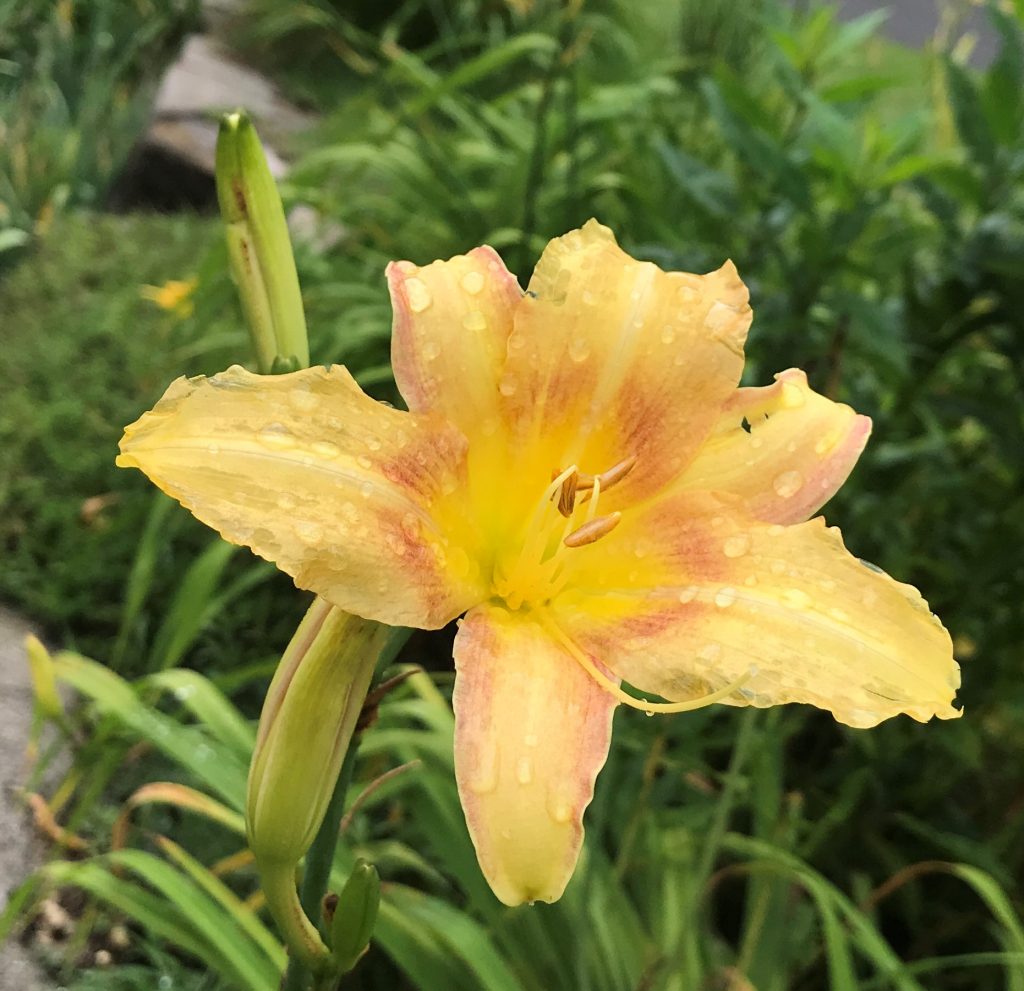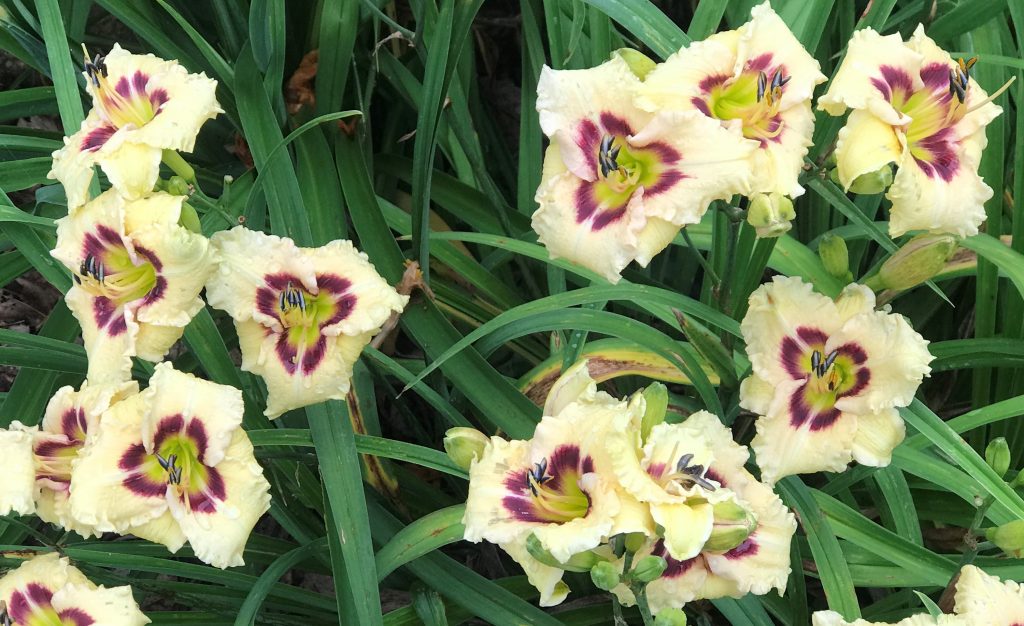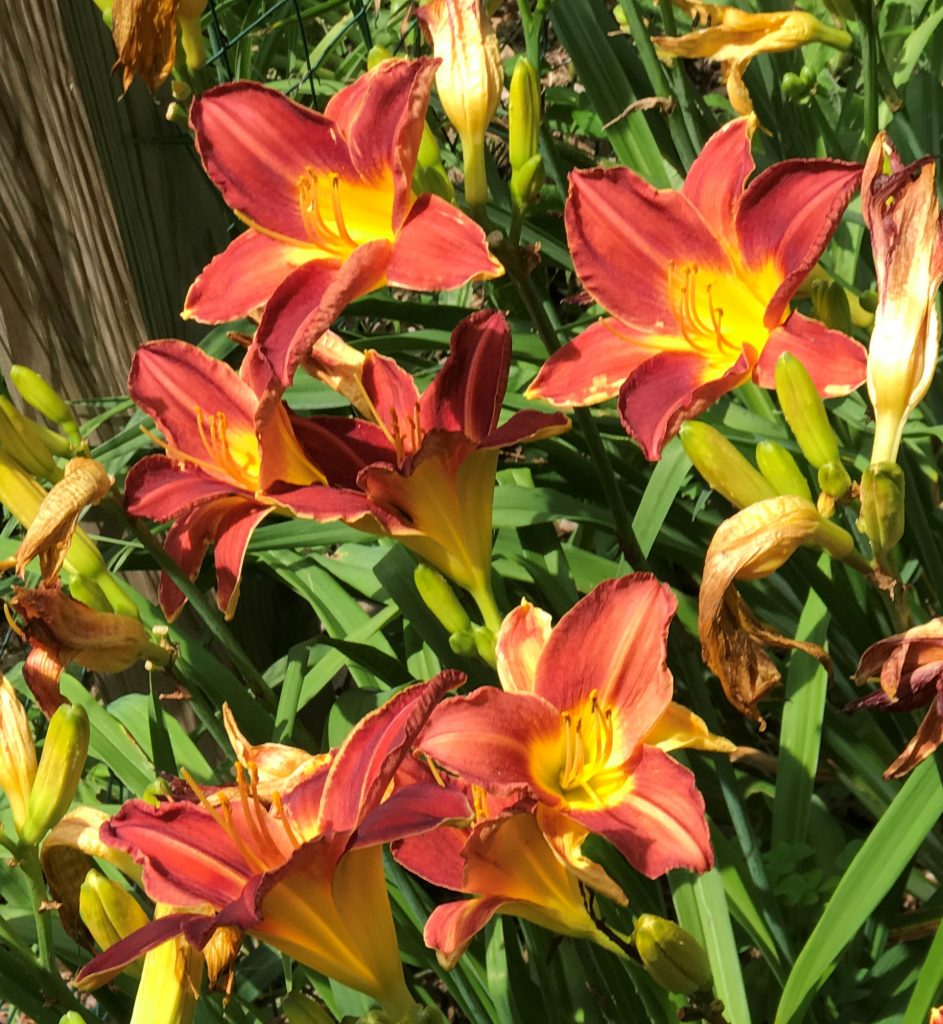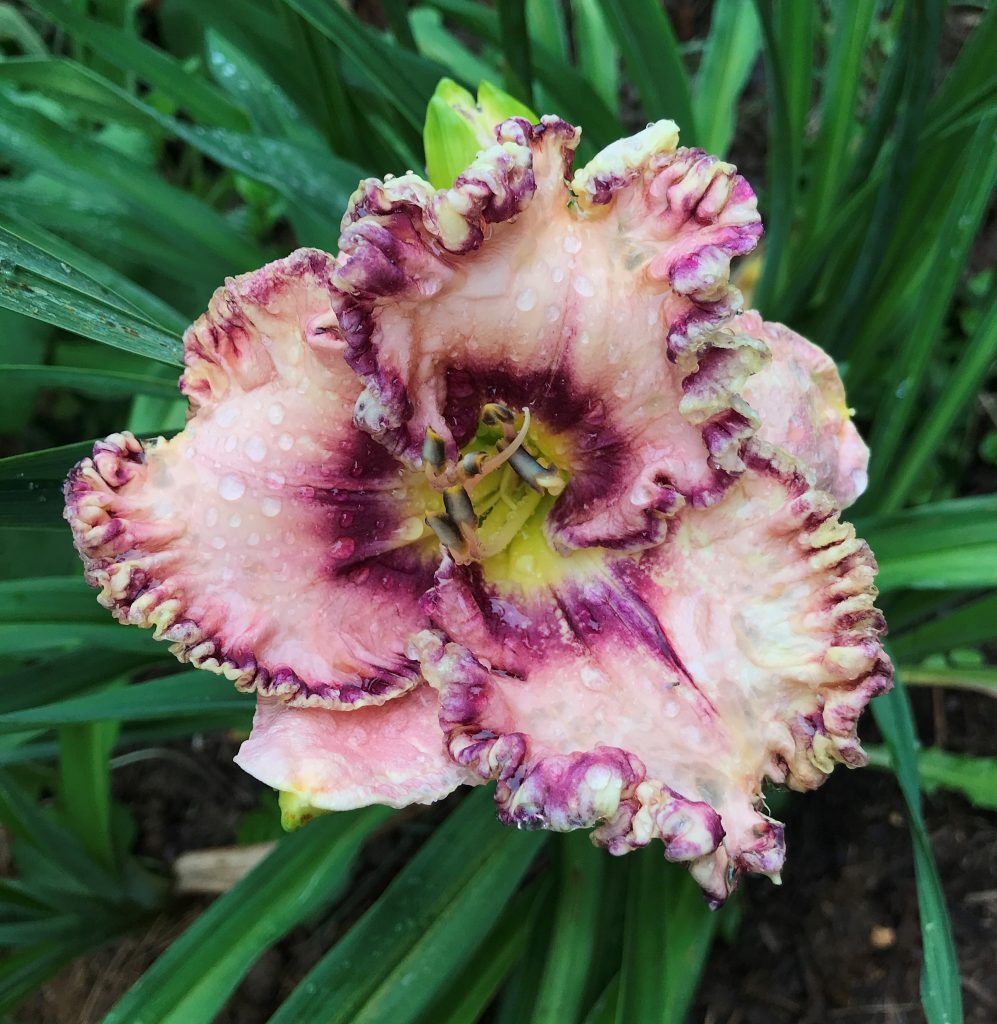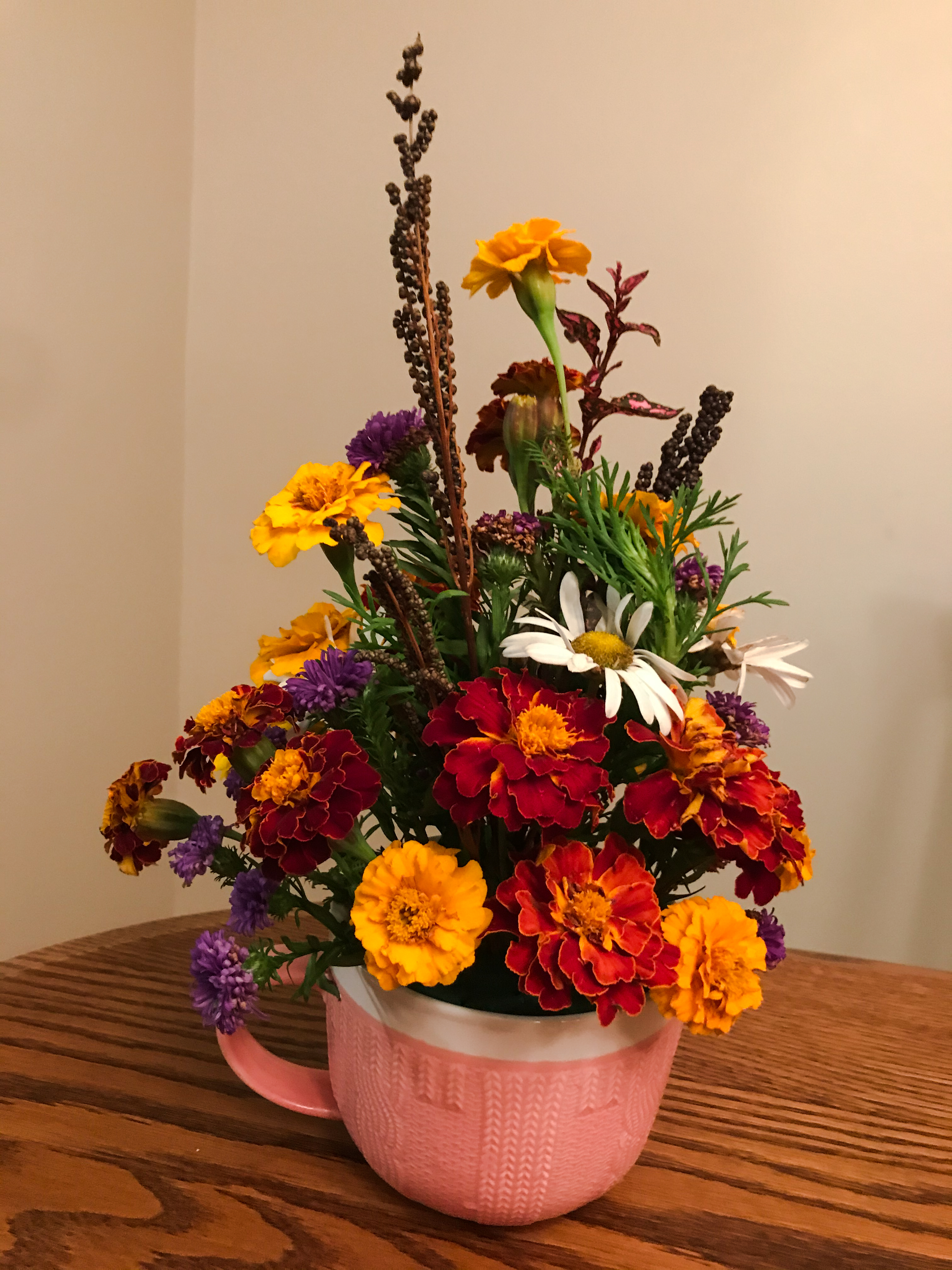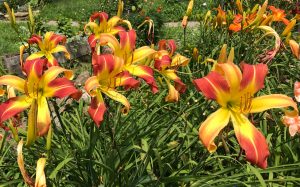Let those daylilies multiply!
As daylily lovers, we get used to pictures of perfect single blooms. Catalogs tout them; proud growers post them. Plus we take plenty of those kind ourselves too. But, what really impresses in the garden are the daylily clumps that have been tended for years and are producing a truly beautiful display. I am blessed to have several such beauties in front of my house. I don’t even try to count the number of scapes they are pushing out anymore. But I sure do appreciate the beauty!
In this post I am featuring pictures from blooming clumps of daylilies. Even then, because of composition considerations, often the picture only focuses on part of the clump’s full output. My daylily clumps tell a story too. This one originated in my grandmother’s garden (Frans Hal below). That one is a gift from a friend (the pink one). I can tell you the story about the lakeside garden where I purchased this one (Red Sails in the Sunset). One came from beside my brother Phil’s warehouse (the purple bordered one). And so it goes. Here’s such a collection.
